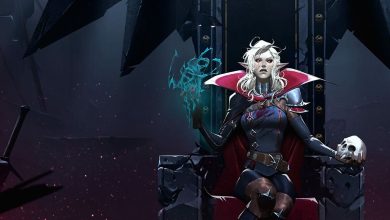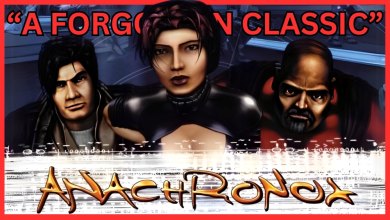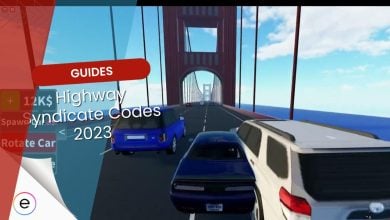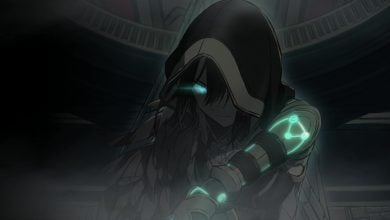Star Ocean The Divine Force Review
Overall
-
Story And Setting
-
Gameplay
-
Visual And Performance
Verdict
Star Ocean: The Divine Force provides an enjoyable experience in terms of gameplay and plot despite some lacking traits like presentation.
Pros
- Interesting Combat.
- Exploring With DUMA.
- Engaging Plot.
Cons
- Low Res Textures.
- Lifeless Facial Expressions.
Star Ocean: The Divine Force is the sixth mainline entry in the popular Star Ocean franchise. And since fans were disappointed by the fifth mainline entry, the question this time around is whether the current release can set the franchise back on track or is simply another new RPG in a sea of mediocre titles.
- Developer: Tri-Ace
- Publisher: Square Enix
- Release Date: October 27, 2022
- Platforms: PlayStation, Xbox, PC
- Game Length: 31.5 Hours
- Time Played: 33 Hours
- Editors Note: We thoroughly tested Star Ocean: The Divine Force on PC, putting in just over 30 hours into the completion of the main story.
Story And Setting
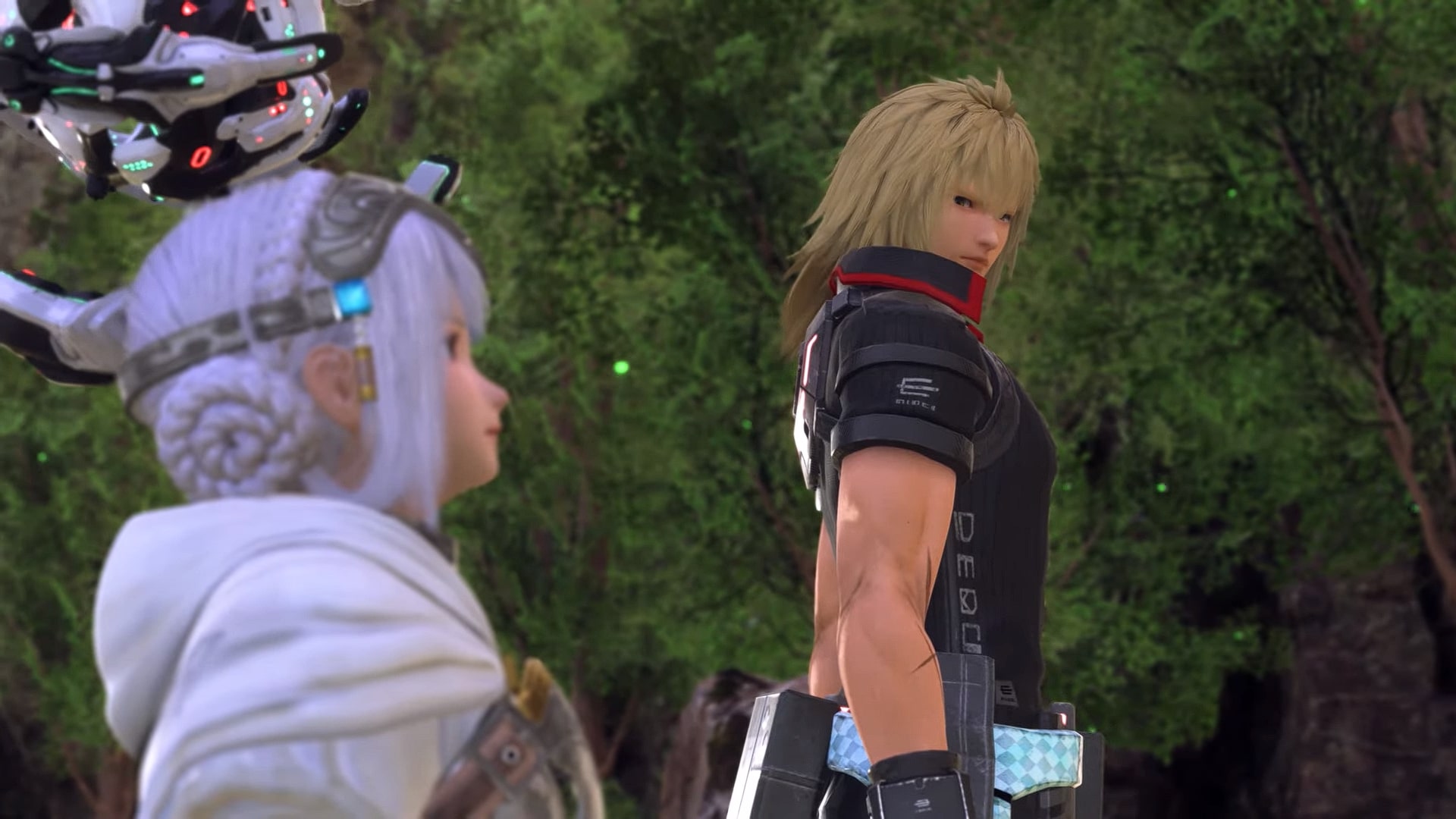
Like the earlier games, this title also has a standalone story with some references to earlier narratives. Our main character, the Space merchant Ray, crash lands on the underdeveloped planet of Aster IV. After crashing he quickly runs into the Princess Laeticia of the Kingdom of Aucerius, and in exchange for aiding her in her battle against a neighboring kingdom, she promises to help Ray locate his crewmates.
The great thing is that Ray and Laeticia are the two options for the player to select when starting a new game. Each of their storylines runs parallel to the other, and to balance out the replayability of the other path, both characters must part ways at several points in the story. The plot unfolds dramatically as you advance and solve the secrets of a sci-fi and fantasy world after a sluggish and conventional beginning.
The plot unfolds dramatically as you advance and solve the secrets of a sci-fi and fantasy world after a sluggish and conventional beginning.
The cast in this game is pretty diverse, and there are NPCs here that are native to Aster IV and many that are from other planets as well. Similar to previous installments, there are private actions that reveal more about individuals that are dispersed around the world.
Intriguingly, you may learn more about people outside just by keeping up with the progression of the main plot. However, these secret behaviors are difficult to track down since no signs or other clues lead to them. To keep up with the traditions of the genre, there are also plenty of towns to explore with lots of side quests available.
Gameplay
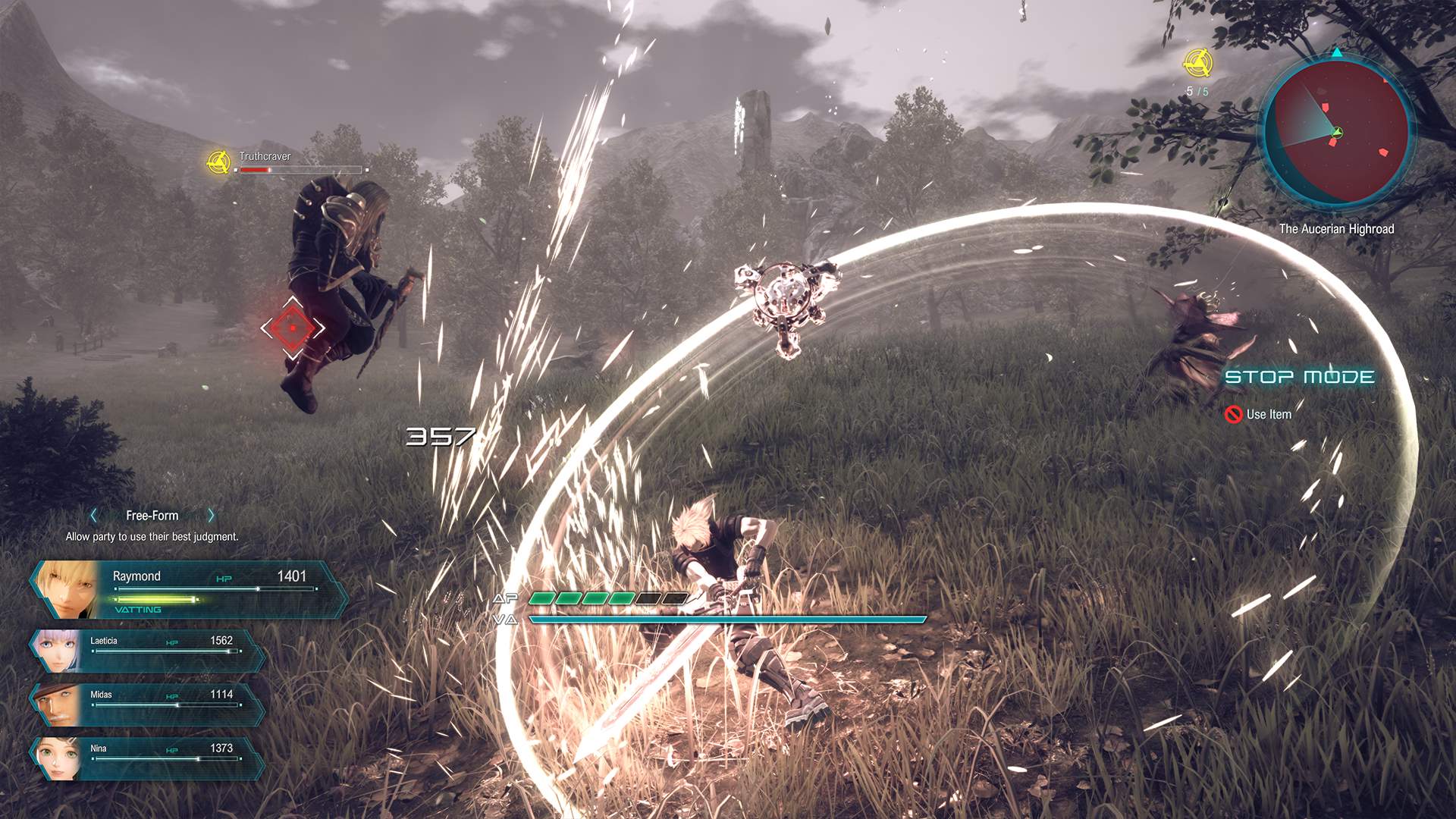
The combat mechanics have been overhauled compared to the previous installments and they are more oriented toward speed this time around. It is very fast and feels fairly chaotic during the first couple of times.
Three characters can make up the player’s party at any one time, and any one of them can be controlled during fights. Each character only has a handful of combos, and there is only one attack button that must be pushed three times to activate the techniques in the sequence you specified them.
The combat mechanics have been overhauled compared to the previous installments and they are more oriented toward speed this time around.
It’s sort of dull that you just have to mash one button to pull off a complete combo, but considering the pace of the combat, it suits the atmosphere well.
While playing the game for our Star Ocean: The Divine Force Review, I noticed that the fights do get intense because they are insanely fast and frantic. But if you feel like slowing things down a bit then Square Enix has introduced just the right thing; STOP mode. You can use it to pause the action, take a breather, and plan out the strategy that will take you to your victory.
If the player has enough AP points, they can employ any of the three combat chains that each character has available, which each consist of three different techniques. Retreating from the fight for a limited period restores your AP points, which also prevents spamming. In the middle of a battle, you may always switch between party members.
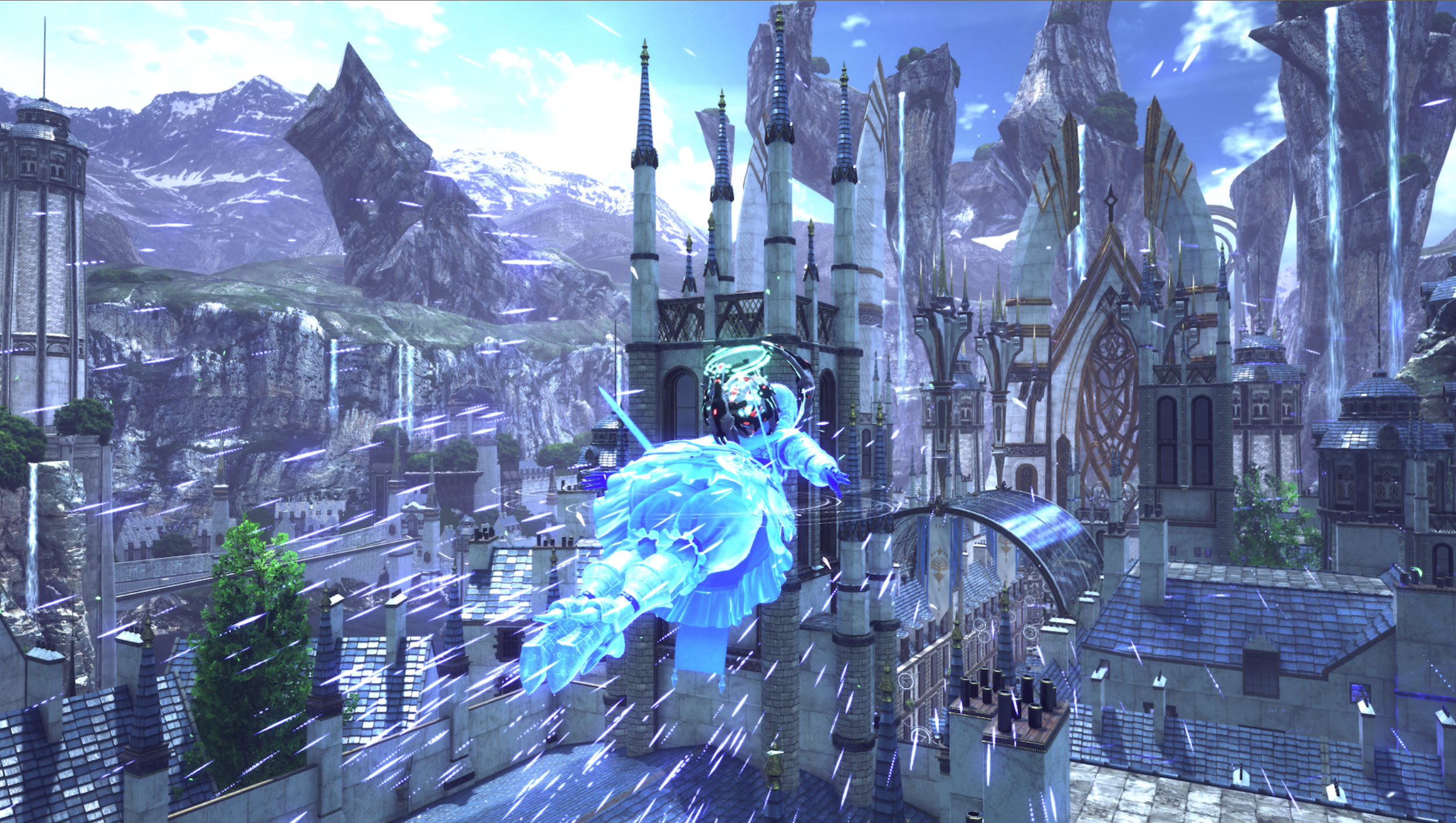
The player also begins the game with a robot companion named DUMA, which offers several advantages. You can quickly close the distance between you and your enemies with DUMA’s help, and it may also be manually switched back to follow you after being disconnected to concentrate on the defense of the group as a whole.
Additionally, DUMA can also act as a jetpack which you can use to glide, which is just too much fun. The flight function is straightforward, yet every area of exploration is crafted to make this feature enjoyable, and it works as well as it should.
It’s sort of dull that you just have to mash one button to pull off a complete combo, but considering the pace of the combat, it suits the atmosphere well.
Thankfully DUMA can’t be spammed because of the VA gauge, which is filled by attacking enemies. This VA gauge is required for tool functionality to be even used in the game, like the Blindside mechanic which lets you zip right to an enemy or quickly get out of their line of sight after an attack. It allows you and your party to catch enemies off guard.
The defining feature of the Star Ocean series is item creation, which lets you and your party members create various items from weapons to potions and bombs. But you have to unlock this feature first and then unlock different categories of items. According to Star Ocean tradition, there’s not much guidance this time either.
Visuals And Performance
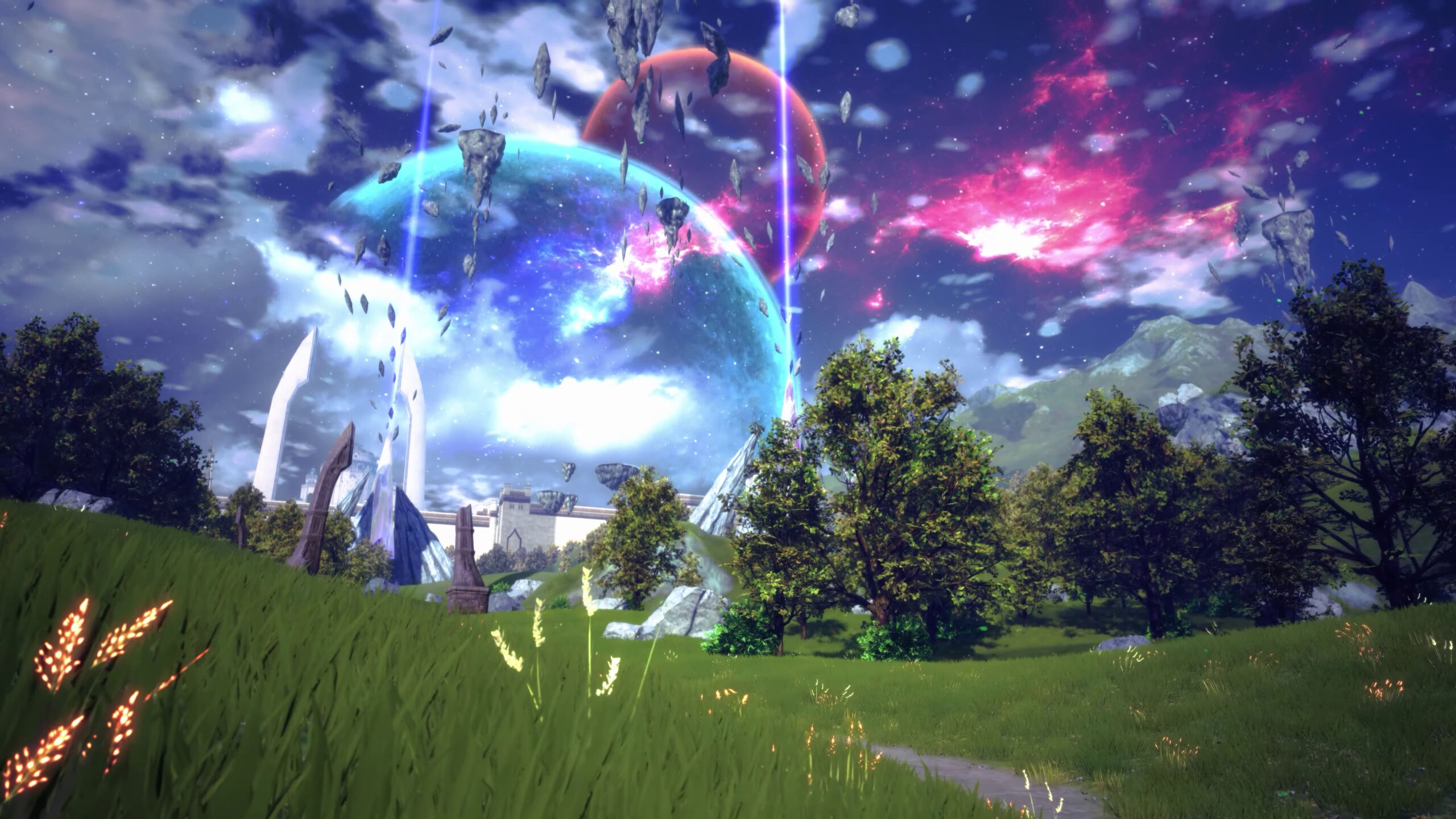
The world of Aster IV is a vast and semi-open space, and when using DUMA, exploration is generally quite enjoyable and intuitive. But while both the landscape and the sky boxes appear gorgeous at first glance, they are generally flat and lack any sort of real personality and details.
The characters in terms of design are also letdowns. Despite the efforts the developers put into this game, the anime-styled 2D graphics don’t work out well on 3D models here. The faces that were meant to be beautiful have somehow ended up looking creepy with lifeless expressions.
While both the landscape and the sky boxes appear gorgeous at first glance, they are generally flat and lack any sort of real personality and details.
This game also makes sure that you stay as close to your screen as possible because of the font size. It is ridiculously small, and there’s really no way to make it large for the player’s convenience. That means that it is even worse when it comes to menus like Skill Trees, which have an even smaller font.
In terms of performance, it managed a stable experience overall. However, there are places like some towns where the FPS chugs terribly, making it another one of those unoptimized games.
Verdict

Generally, Star Ocean: The Divine Force provides an enjoyable experience when it comes to gameplay and plot. Despite some unreliable features like the presentation, it does a great job for the most part.
Exploring with DUMA is fun and efficient, and combat is intense and lets you feel the pressure. Also worth mentioning is that Star Ocean: The Divine Force is a great and encouraging effort for the series’s future, which looked really rough for quite a while.
This has been my Star Ocean: The Divine Force Review. While you’re here, consider checking out some of our other articles.
- Duty: Modern Warfare II Review
- Marvel Snap Review
- Nickelodeon Kart Racers 3 Review
- New Tales from the Borderlands Review
- Final Fantasy VII Remake
- Tales of Arise
- Chained Echos
- Trials of Mana
- Lost Odyssey
Thanks! Do share your feedback with us. ⚡
How can we make this post better? Your help would be appreciated. ✍
